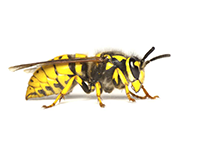Stinging Pests Wasps, hornets, yellow jackets, and other stinging pests are brightly colored. Their coloring serves as a warning to potential predators that they have a stinger armed and ready.
Description: If you see papery structures under the eaves of your home, with active paper wasps, you know you have a problem. Paper wasps love meat and sugary substances and will gladly sting you.
Description: Yellow jackets make wasps look friendly. They will sting you for no reason. The most common place to find yellow jacket nests is underground in sprinkler boxes or old rodent dens.
Description: A hornet nest looks like a large, grey papery ball. There will be a hole on the underside where the hornets will emerge to go forage. The bald-faced hornet can be just as aggressive as a yellow jacket.
Description: Mud dauber nests are very distinctive and look like a series of tubes made out of mud. Mud daubers are not likely to sting, but you should still use caution. around their nests.
Description: These wasps are larger than a yellow jacket. Cicada killers are solitary wasps. They sting cicadas, drag them back to their nest site, and lay eggs. The eggs hatch and the larva eat the cicada.
Description: Carpenter bees are about the size of a bumble bee. If you have wood around your home, female carpenter bees will bore holes into the wood, to create a place for their eggs to develop.

 Paper Wasps
Paper Wasps Yellow Jackets
Yellow Jackets Hornets
Hornets Mud Daubers
Mud Daubers Cicada Killers
Cicada Killers Carpenter Bees
Carpenter Bees